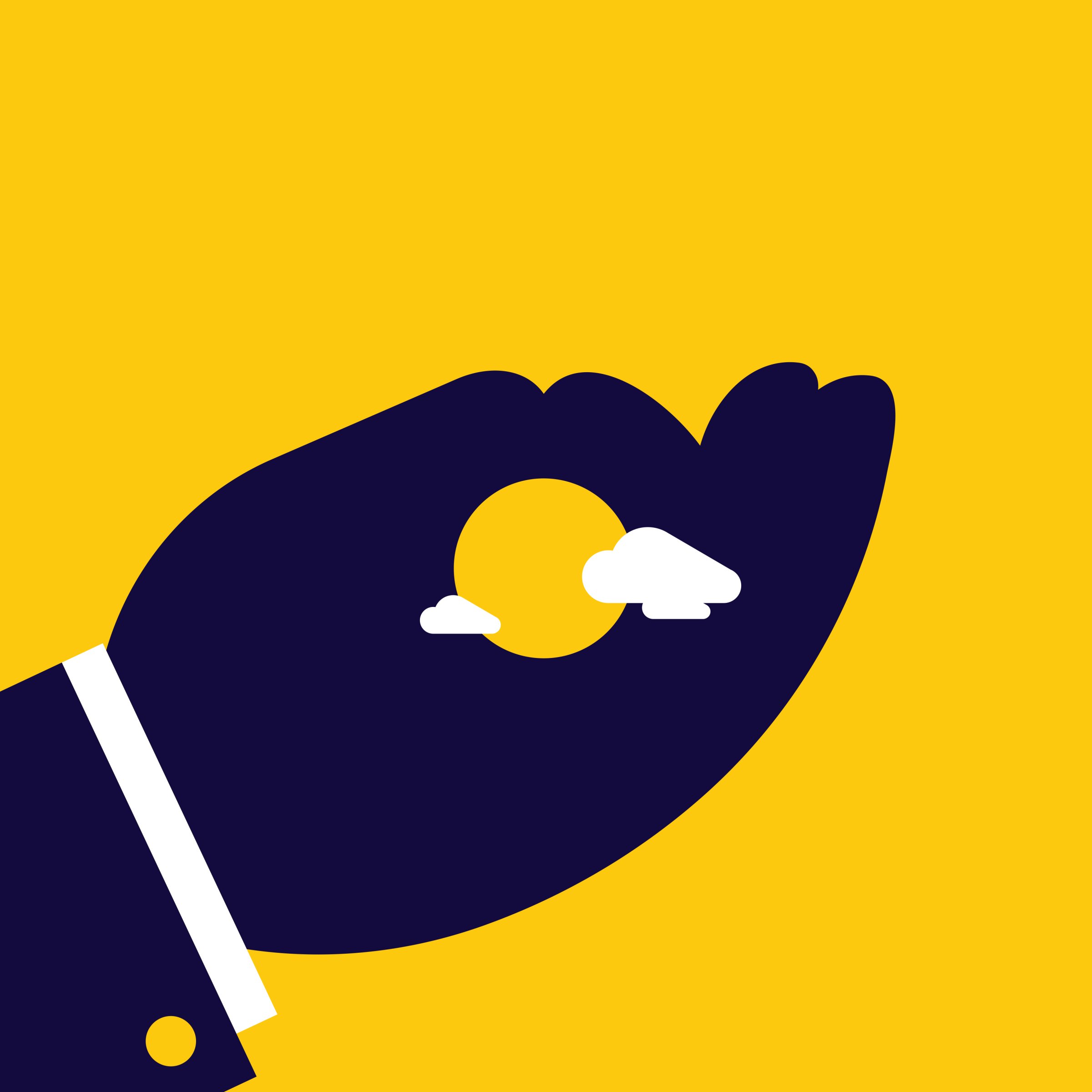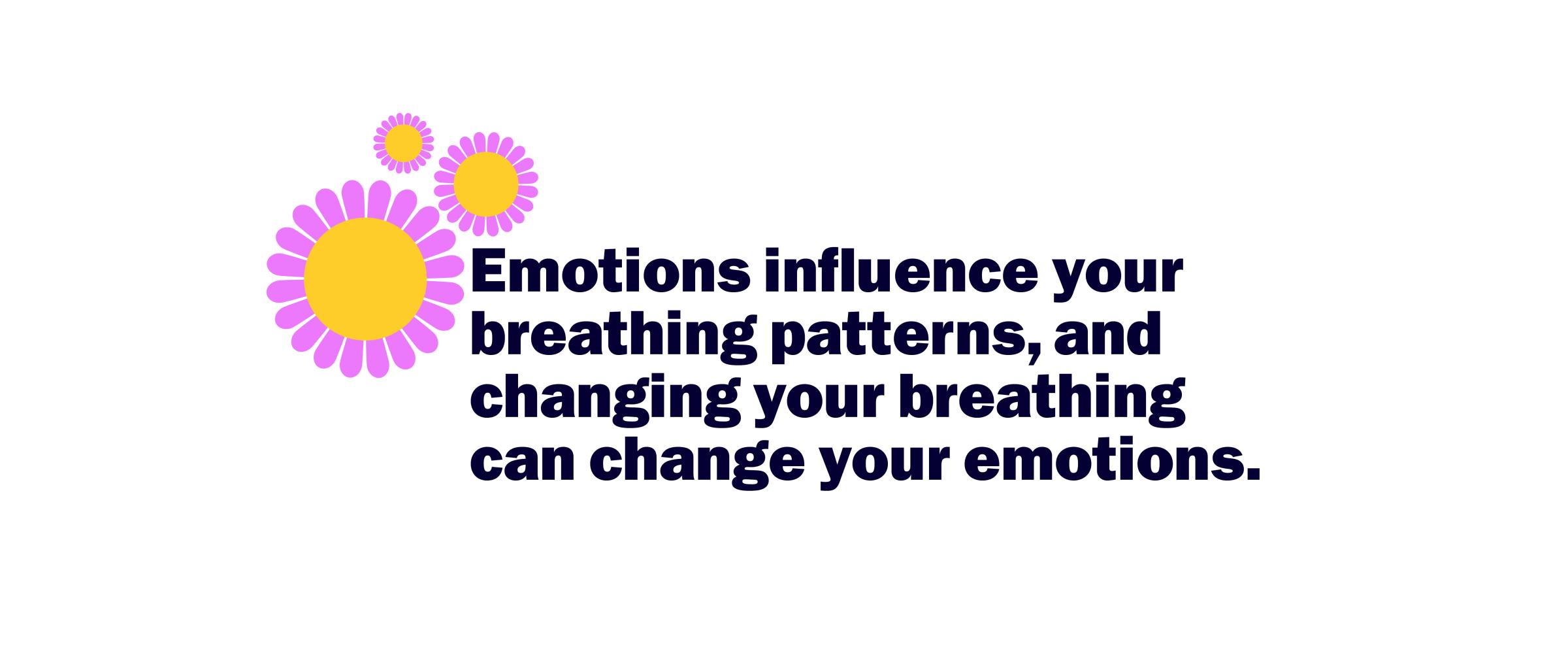
I was a graduate student in Manhattan having breakfast on my rooftop on Sept. 11, 2001, when I witnessed planes demolish the Twin Towers. For months afterward, I shook with anxiety every morning. Unwilling to medicate, I tried everything else. Mindfulness meditation induced panic attacks. Hot yoga built muscle but did nothing for my anxiety. I went to talks by Buddhist monks and meditation teachers hoping to attain inner peace, to no avail. Finally, I attended a SKY Breath Meditation class, which involves a 20-minute breathing regimen in different postures and rhythms. Though I went in skeptical, I came out calm. Two decades later, I haven’t missed a day of my breathing practice, not even when I gave birth.
I’ve also devoted part of my research career to studying the benefits of breathing for mental health and well-being. Seven years after 9/11, I was working with veterans returning from war with posttraumatic stress disorder (PTSD). Traditional treatments had failed many of them, so my colleagues and I ran a randomized controlled trial to test the effects of SKY breathing (which the nonprofit Art of Living Foundation teaches to the general public and Project Welcome Home Troops offers to veterans and military). Compared with the control group, veterans practicing SKY every day for one week saw their anxiety drop to levels typical of the general population. Even though most did not continue to practice, they maintained the benefits a year later. In fact, many veterans in our study no longer qualified as having PTSD. A larger study at the Palo Alto, Calif., veterans hospital found that SKY had similar benefits to cognitive processing therapy, the current gold-standard PTSD treatment. Veterans who practiced SKY also showed more physiological improvements than those who just had therapy. For people who don’t want to revisit or discuss painful memories, or devote the time and costs necessary for therapy, breathing practices are a nice alternative.

Emotions influence your breathing patterns, and changing your breathing can change your emotions. For example, anxiety and anger correspond to an irregular, short, fast breath. Adopting the slower and more regular breathing pattern that corresponds to a calm feeling signals relaxation by activating the vagus nerve, slowing heart rate, easing blood pressure, and settling you down. A simple exercise you can try is to close your eyes and breathe out for twice as long as you breathe in. Do this for five minutes in the morning, before a stressful meeting, or as you transition from work to home.
Breathing holds up compared with other reputable well-being practices. In a 2020 randomized controlled trial, my Yale colleagues and I assigned stressed undergraduates to either a control group, a group that practiced SKY breathing, one that did mindfulness meditation, or one that learned skills to improve emotional intelligence. SKY showed more statistically significant benefits for mental health and well-being than the other interventions. Perhaps that’s because breathing is not mainly a self-awareness practice—it actively relaxes your physiological state.
Seppälä is a faculty member at the Yale School of Management and author of The Happiness Track
More Must-Reads From TIME
- The 100 Most Influential People of 2024
- The Revolution of Yulia Navalnaya
- 6 Compliments That Land Every Time
- What's the Deal With the Bitcoin Halving?
- If You're Dating Right Now , You're Brave: Column
- The AI That Could Heal a Divided Internet
- Fallout Is a Brilliant Model for the Future of Video Game Adaptations
- Want Weekly Recs on What to Watch, Read, and More? Sign Up for Worth Your Time
Contact us at letters@time.com